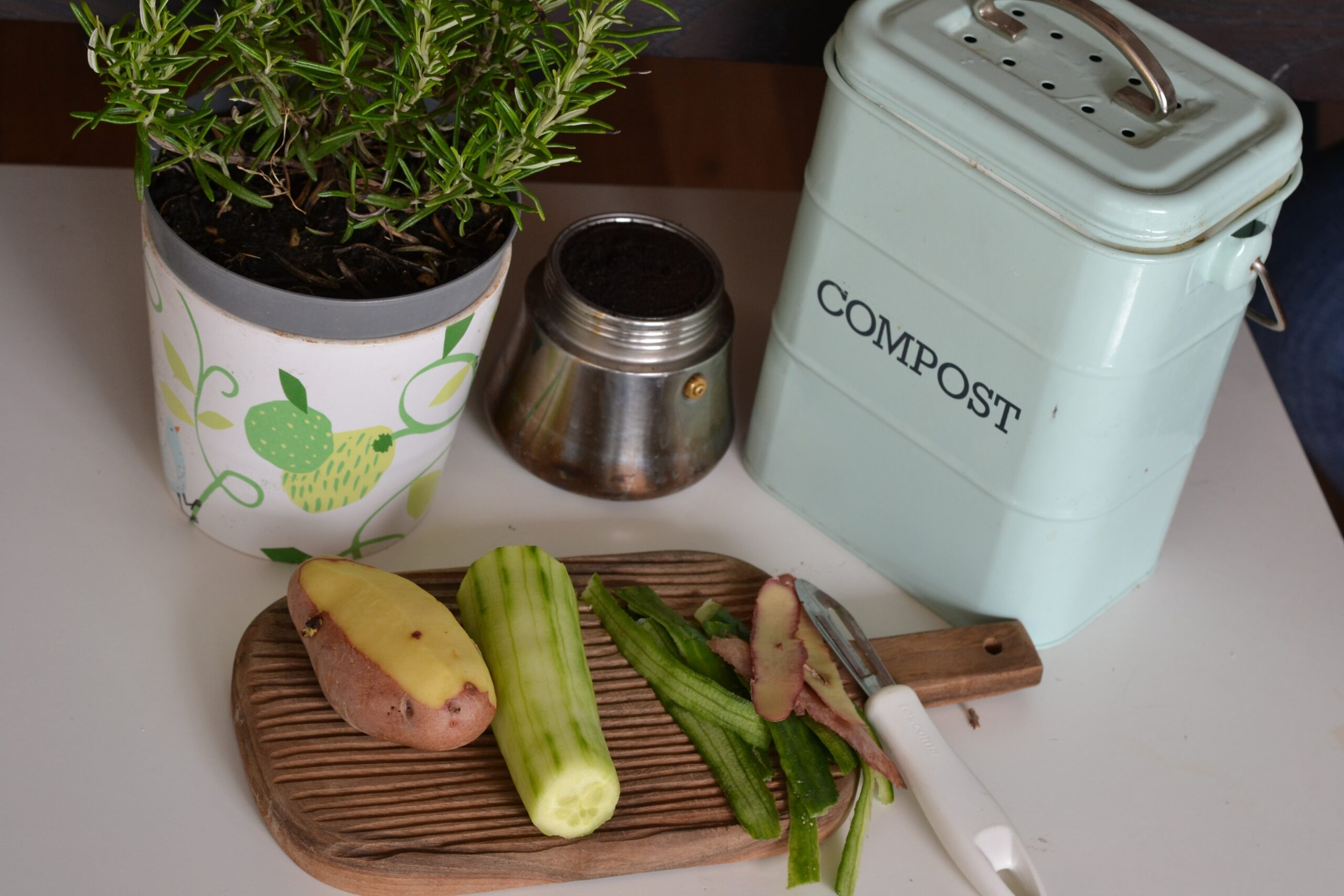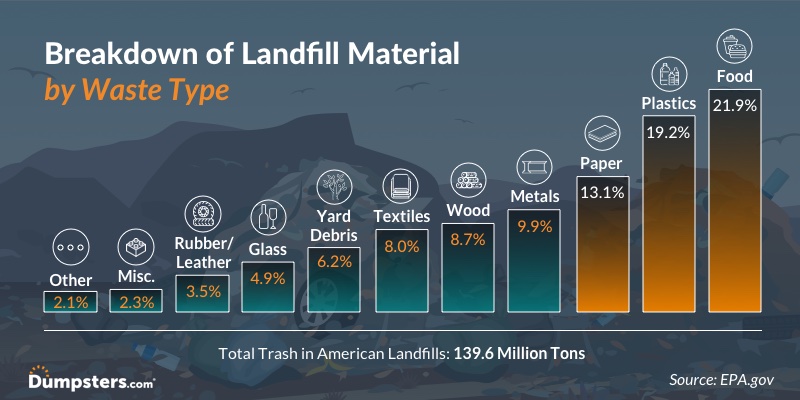News

Handling Household Waste

by Devan George, Communications Coordinator
The average American household produces approximately 6,570 pounds of garbage each year. If that sounds like way too much to you, there are ways that everyone can cut down on the amount of waste that goes to the landfill. There are many categories of waste that we all create in our homes, see the bar graph below for a percentage breakdown of what we are throwing out.
All of these types of waste require proper disposal to ensure that they are not getting into our waterways and causing pollution. Most of us know how to recycle the common items such as plastic, aluminum, and glass but with a bit of effort, many other household items can also be recycled or better disposed of (click here to find your nearest recycling facility.)
If you have pricey electronics that no longer work, throwing them in the trash can often feel like financial heartbreak. However, recycling them can at least make that heartbreak feel a bit better. There are often specialty recycling events that take place in Pike County, for electronics or other household goods. To find these events keep an eye on the Pike County Planning website, where they will post about any upcoming recycling events.
WHAT DO I DO WITH BATTERIES? This is a question that we get all the time at the Conservation District, but we have an answer! Use either Earth911 or Call2Recycle to find a location nearby where you can drop off all types of batteries to be recycled.
As we can see in the Breakdown of Landfill Material, food is the largest percentage of waste in our landfills. According to the USDA, 30-40% of the US food supply becomes waste, so it is important that people not only buy less, but also consider composting the food that goes uneaten in your home. Click here to learn how to start your own compost, and start recycling some of those nutrients!

If you are considering purchasing Household Hazardous Wastes (HHW) such as pesticides, paint, etc. there are a few rules of thumb that the Pennsylvania Department of Environmental Protection recommends. When purchasing HHWs for a project, don’t buy more than you need for one job. Don’t mix left over HHWs with other materials, it makes disposing of the remaining products more difficult, and can sometimes make the chemicals more toxic. When you purchase the product, check the labels for handling and disposal instructions. Finally, if you do have left over HHWs that you are not going to use, consider donating the materials to local organizations. Habitat for Humanity sometimes takes left over HHWs or you can donate them to a local Habitat Restore. Your HHWs and other building products could have a new purpose and stay out of the landfill. You can read more about Recycling in Pike County, in the Recycling guide.
Finally, one of the best ways to reduce your household waste, is to precycle. Precycling means being more conscious of what and how much you are buying. It also means that instead of finding a way to recycle something, try to repair before you replace.
If you follow these tips, you and your household could have a less trashy holiday season and a cleaner new year!
